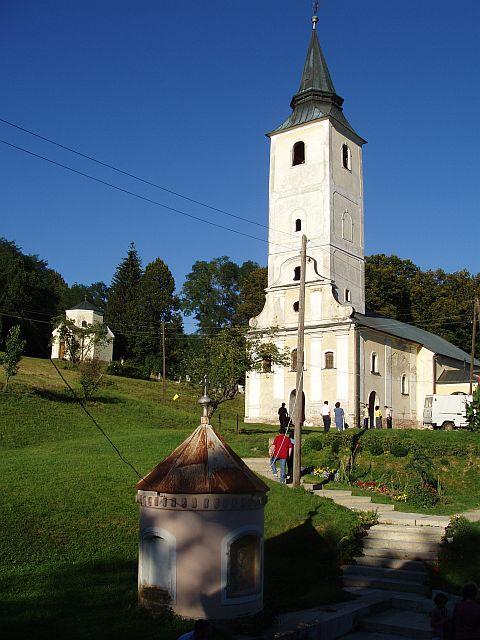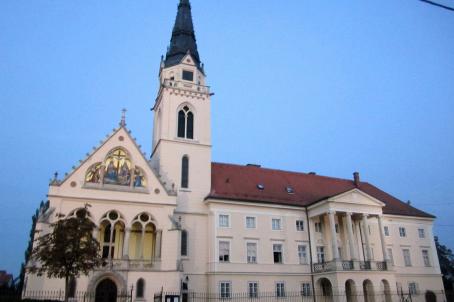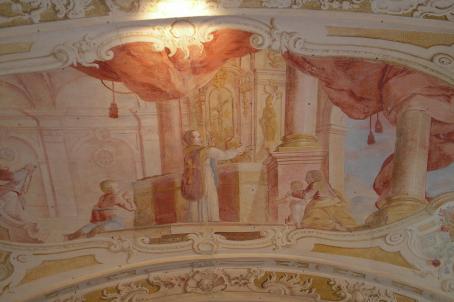Lepavina Monastery
Lepavina Monastery is a Serbian Orthodox monastery. The current monastic complex was built in the 18th century and has preserved an important library as well as an admirable iconostasis.
About this building
The Lepavina Monastery was first built around 1550. The primitive convent didn't last long as the Ottomans burned it down in 1557. In 1598 the monastic community was re-established and the buildings re-erected.
The monastery hosted an important iconostasis by Serbian painter Jovan Četirević Grabovan, one of the masters of Serbian Baroque. After the bombardments of the Second World War, only three of his paintings remained intact. The buildings suffered significant damage. Miraculously, the library of the monastery wasn't hit by the bombs, having preserved numerous manuscripts and old books up to the present day.
After the Second World War, the monastery was renovated with the help of the World Council of Churches.






